

Design for futures
Make your business future-proof to anticipate the challenges-to-be.
End-to-end design projects
We transform, evolve and make future proof products, services, processes and organizations to create long-lasting sustainable value.

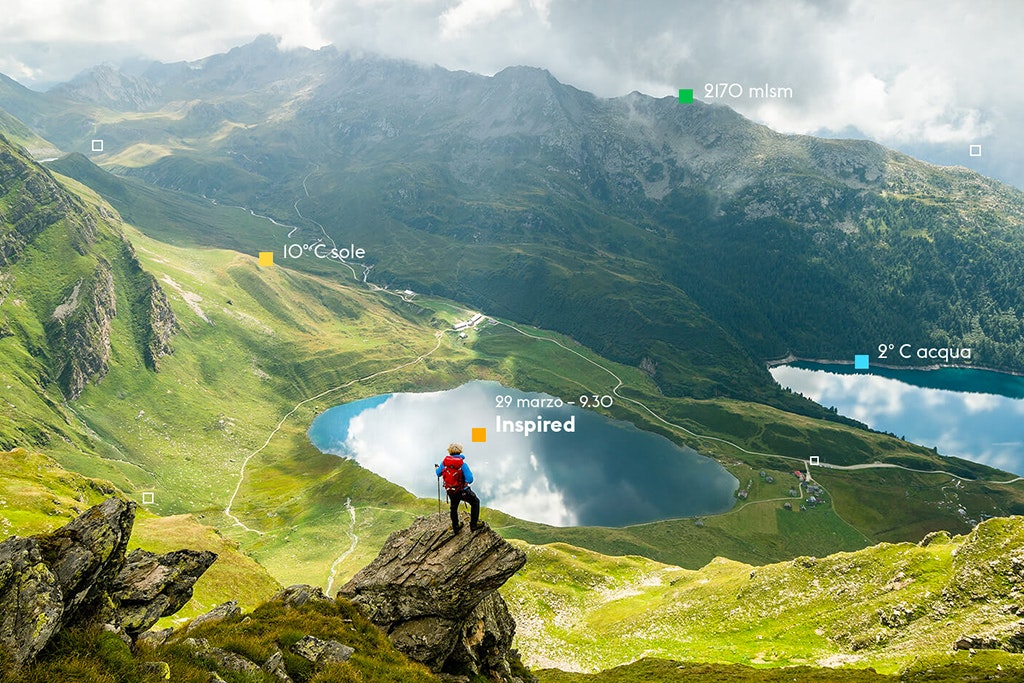
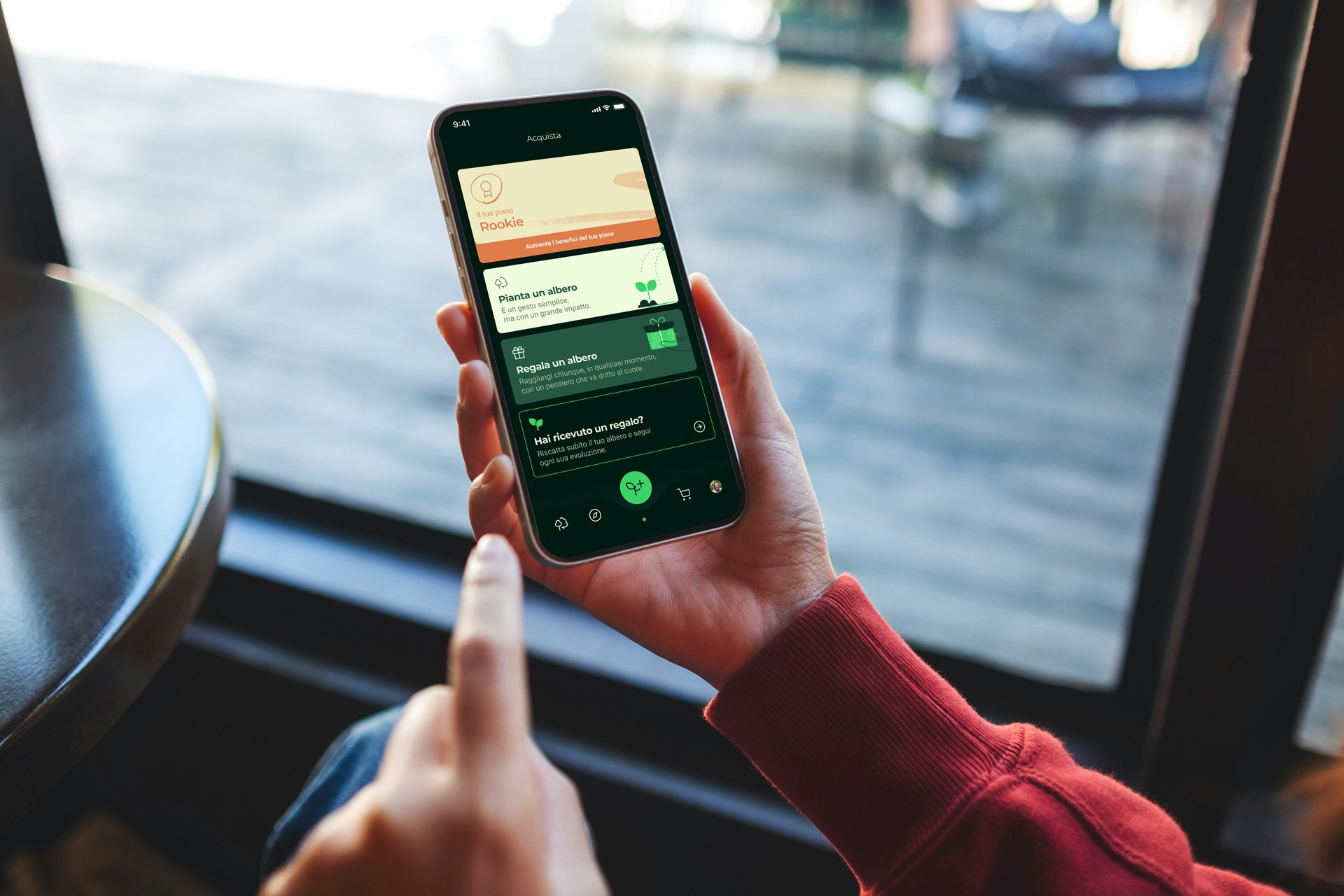
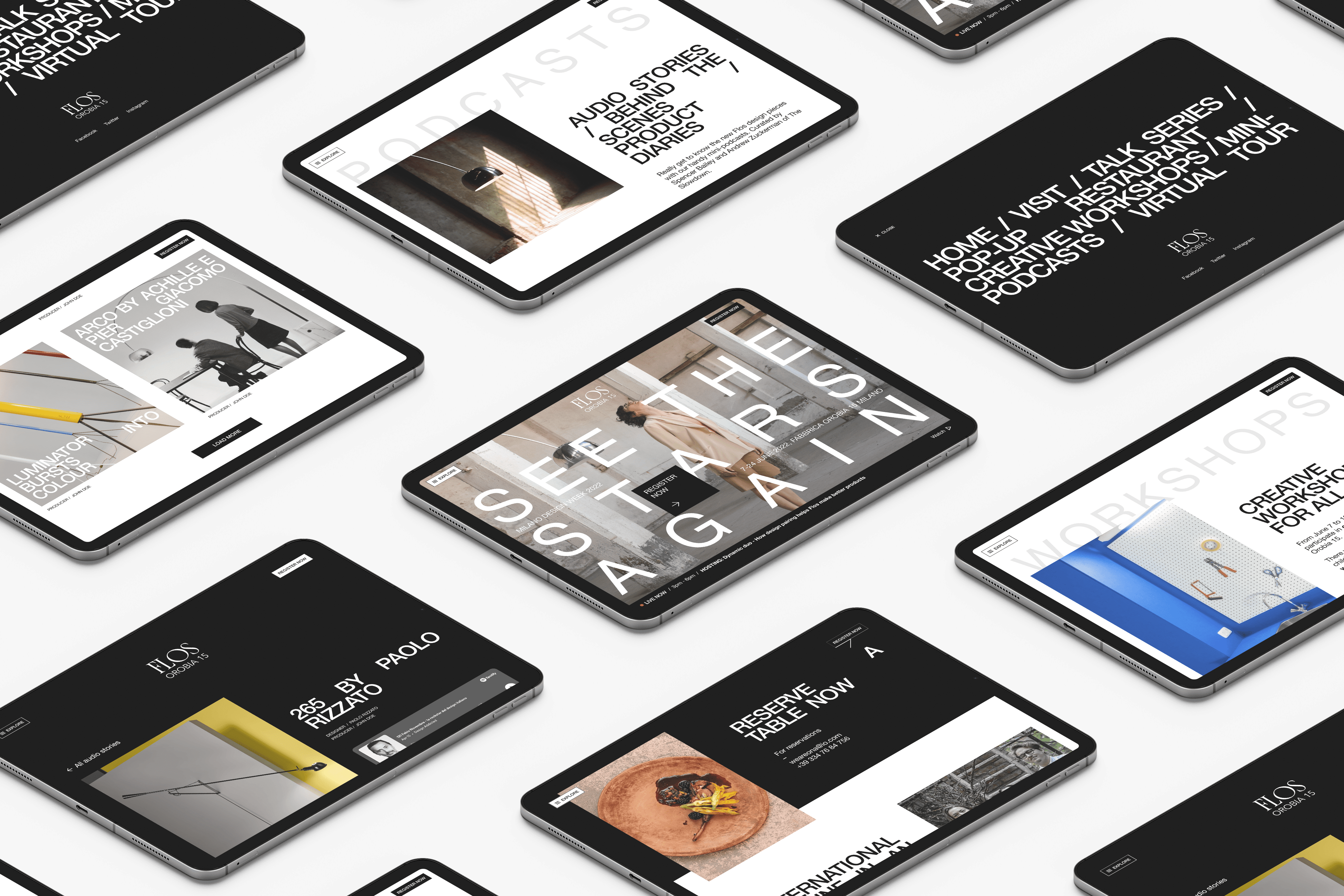
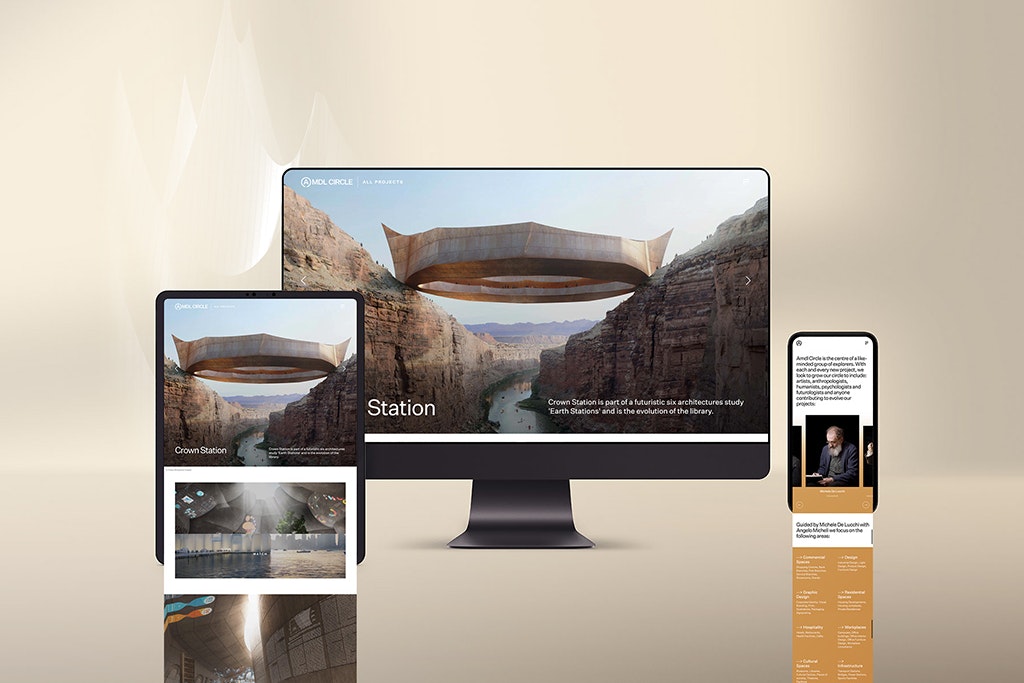
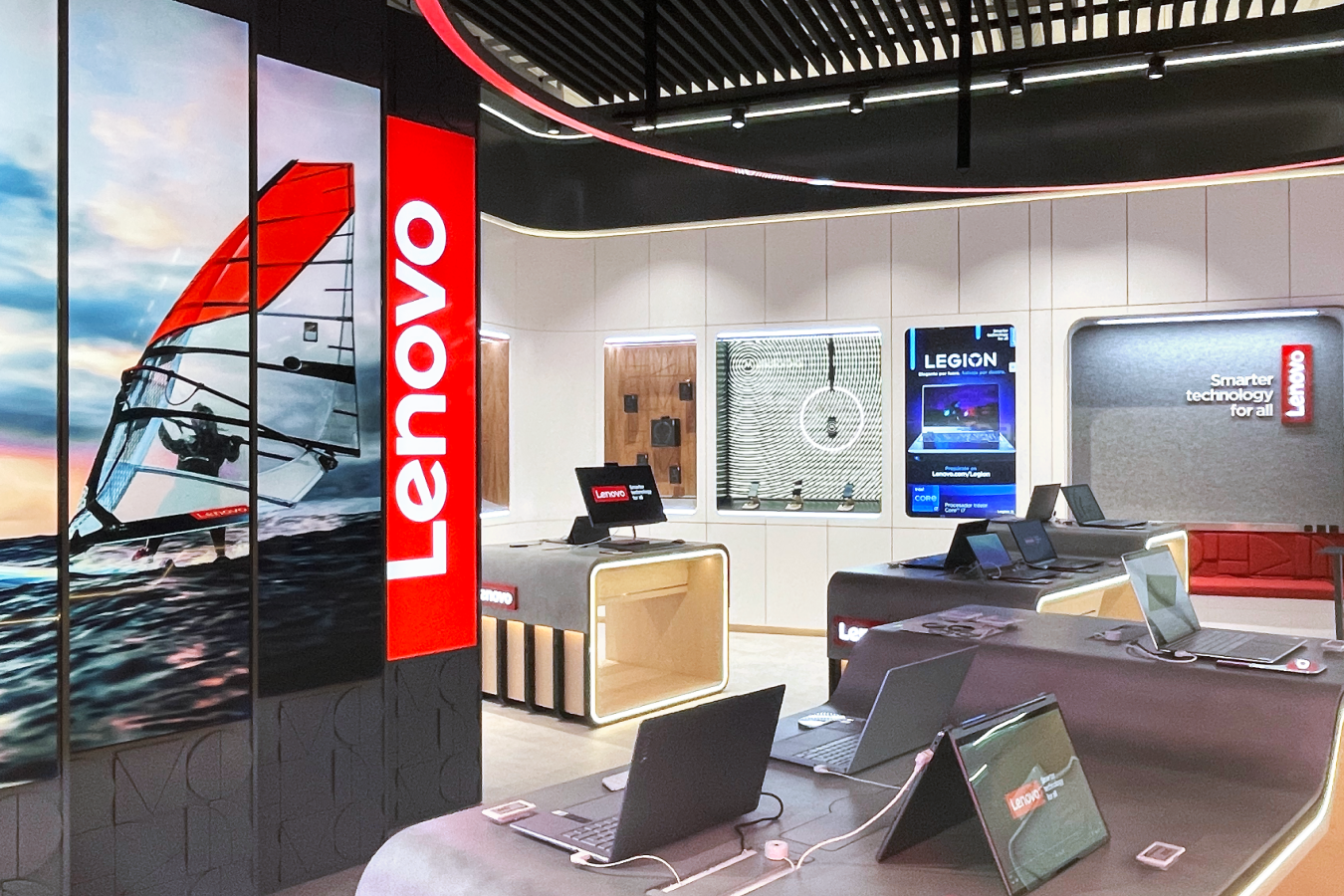
Design your product and service experience
We combine business opportunities with customer expectations to design, transform and deliver useful products, unique brand experiences, developing an end-to-end actual value.
- Digital product & service design
- Brand experience & identity
- UX/UI design & engineering
- Connected products & HMI design
- Content strategy & design
- Product & industrial design
- Spatial & retail design
- Immersive design
- Accessibility
Design your new business
We help our clients leverage deep technologies and AI to reshape their businesses for digital economy. New concepts, prototypes, testing and engineering for the next-generation of services and experiences, ready to be launched.
- Strategy & business design
- Venture design
- Product & service studio
- Total experience
- AI-enabled experiences
- Sustainability design & consulting
Foster your transition to sustainable futures
We support organizations, tuning their vision towards ideal futures, envisioning their transition to become more resilient and ready to face a changing world.
- Futures research
- Future scenario design
- Transition design
- Prototypes from the futures
Our expertise
We have experience in
Energy & Utilities / Environment & Mobility / Fintech & Insurtech / Healthtech / Industrial & Manufacture / Luxury & Consumer Goods / Media & Entertainment / Public Service & Institutions / Retail & E-commerce / Technology / Travel & Tourism

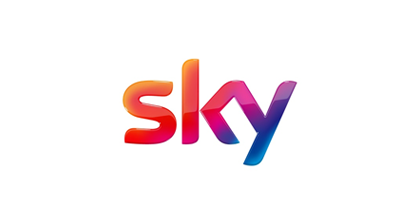

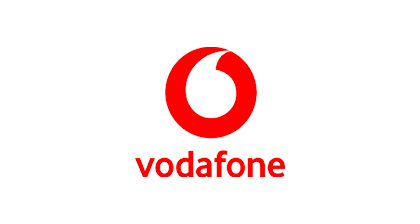
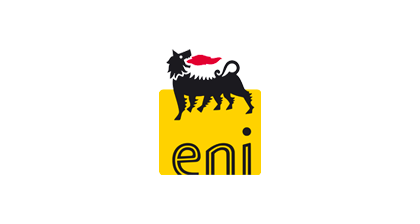



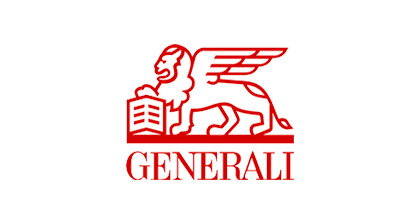





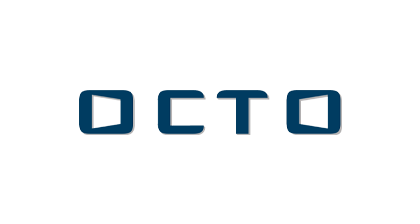
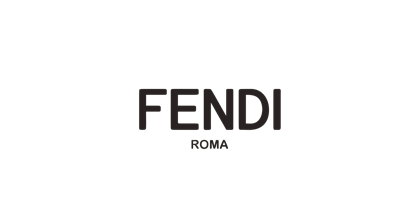
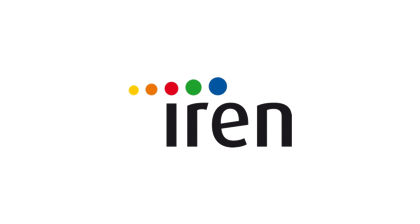
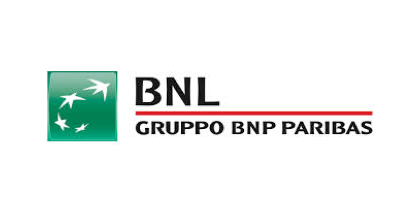
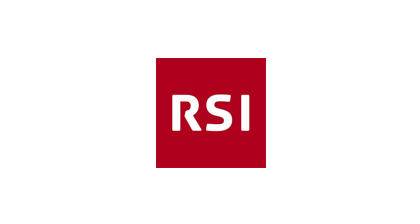


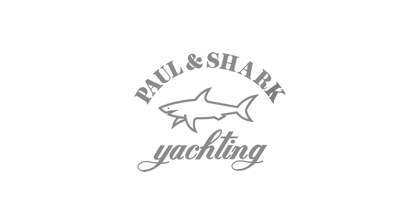
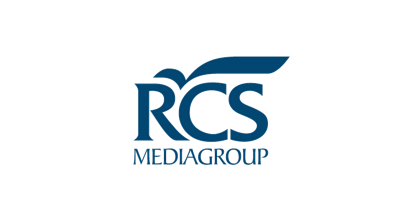
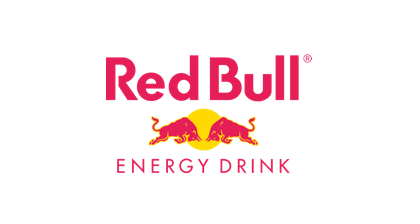
Education for business and professionals
By sharing our methods through tailor-made educational and consulting programs, we operate alongside company services, taking care of the professional growth of employees and managers. We transfer our design know-how and approach to develop new leadership mindsets, management and customer experience throughout the company.
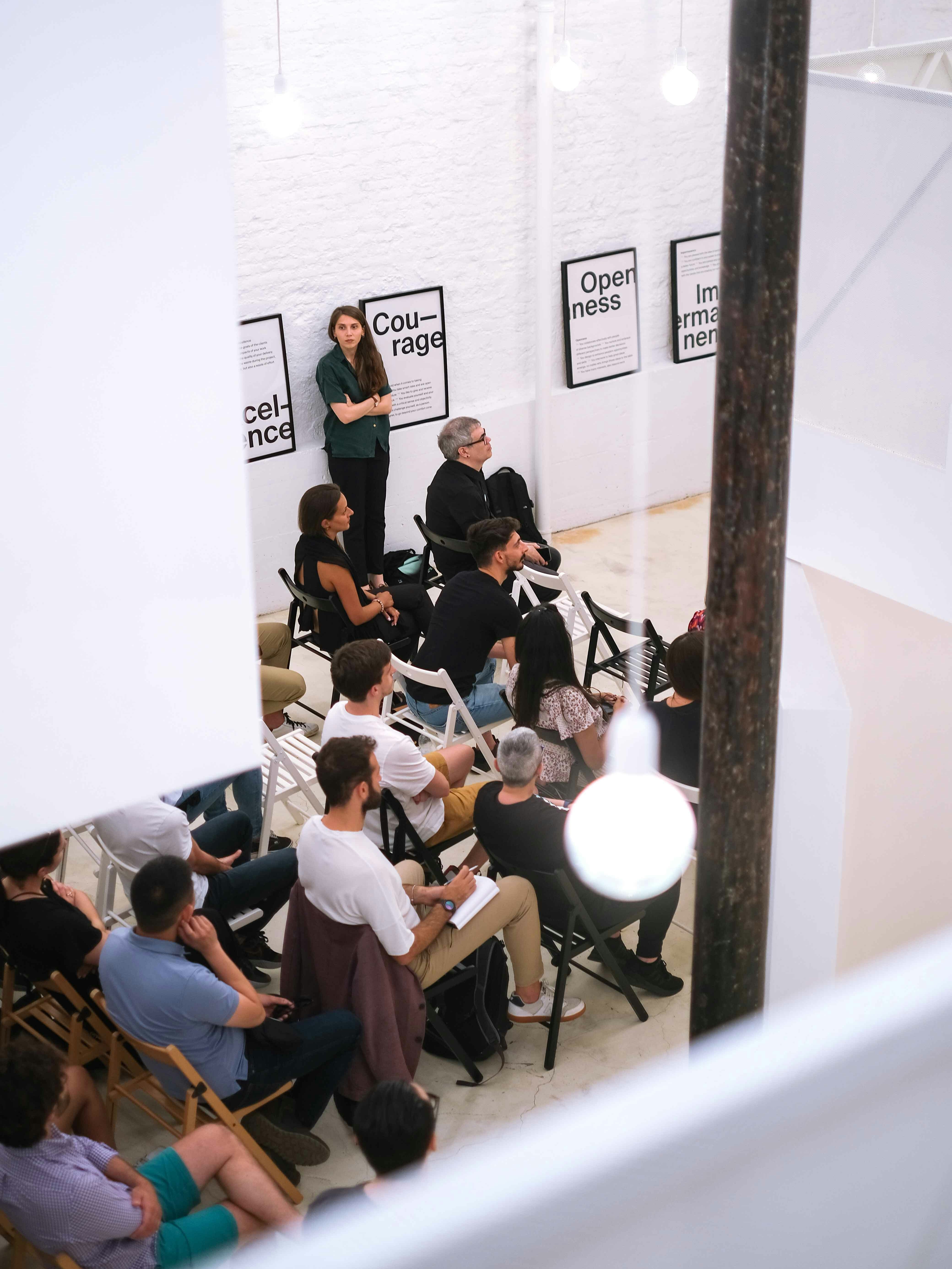

Systemic Design
Every design has impacts far beyond its origin. We work systemically considering all project interconnections and cope with them over time as one single organic entity. Our design isn't a unique and definitive event. It is an evolutionary process capable of improving projects, focusing on the evolution of each experience.
Working end to end
Transforming, evolving and making every longsighted organization future-proof.
Working seamlessly
across physical and digital products, services, systems and processes.
Working lean
iteratively with incomplete, impermanent and imperfect artefacts.
Working smart
in small, multidisciplinary & dedicated teams.
Working together
spreading design culture within organizations.